Are you interested in optimizing your home lighting savings and convenience? If so, motion sensor light bulbs are the perfect way to do that! These lightbulbs are energy efficient and add an extra layer of security with their ability to turn on upon sensing someone’s presence. But how exactly does this technology work? We’ll explore that here in our blog post on how do motion sensor light bulbs work.
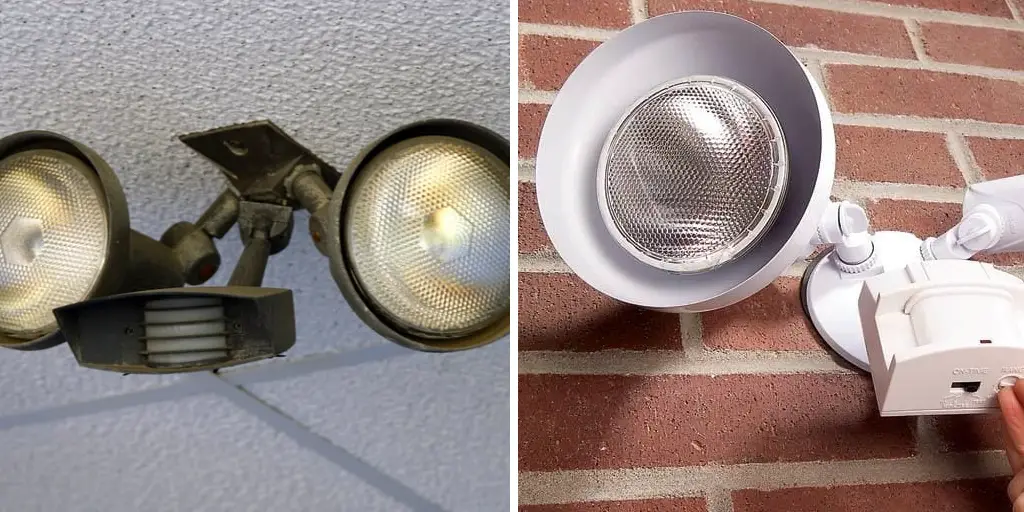
Motion sensor light bulbs have a sensor that detects movement within its range. These sensors typically use Passive Infrared (PIR) technology, which senses infrared radiation emitted by humans and animals as heat. This means that when someone enters the room or space where the lightbulb is installed, their body heat triggers the motion sensor to turn on the bulb.
Read on as we explore the technology behind motion-activated lights!
What are the Benefits of Motion Sensor Light Bulbs?
As mentioned earlier, motion sensor light bulbs are energy-efficient and can save you money on electricity bills. This is because they only turn on when needed rather than staying on like traditional lightbulbs. Additionally, these bulbs typically last longer as they are not constantly being used.
In addition to their cost-saving benefits, motion sensor light bulbs provide an added security layer by illuminating dark areas when motion is detected. This can deter potential intruders and prevent accidents caused by poor visibility.
Overall, motion sensor light bulbs offer a convenient and efficient lighting solution for indoor and outdoor spaces.
What Will You Need?
Before we dive into how motion sensor light bulbs work, let’s first go over what you’ll need to get started.
- Motion Sensor Light Bulb: As the name suggests, this is the key component and should be carefully chosen based on your specific needs. You can choose from different types of bulbs, such as LED, CFL, or Halogen bulbs.
- Power Source: Depending on the motion sensor light bulb you choose, you will need a power outlet or batteries to operate it.
- Screwdriver: If your chosen bulb needs to be screwed in, then a screwdriver is necessary for installation.
- Ladder: If your lightbulb is going to be installed at a height, a ladder will be needed to reach and install it.
- Location: Lastly, you must decide where to install your motion sensor light bulb. This can be indoors or outdoors, depending on your needs.

Now that we’ve reviewed what you’ll need, let’s dive into how exactly motion sensor light bulbs work.
10 Easy Steps on How Do Motion Sensor Light Bulbs Work
Step 1: Understand the Functioning:
The first step in understanding how a motion sensor light bulb works is understanding how its key component, the Passive Infrared (PIR) sensor, functions. This sensor is designed to detect the infrared radiation (heat) emitted by humans and animals. When this heat is detected, it triggers the sensor, which switches on the light bulb. Understanding this primary mechanism can help you troubleshoot and optimize the placement of your motion sensor light bulbs.
Step 2: Choose the Right Bulb:
The next step involves choosing the correct motion sensor light bulb based on your requirements. This includes considering the bulb’s energy efficiency, lifespan, and the amount of light it emits.
LED bulbs, for instance, are highly energy-efficient and long-lasting, making them an excellent choice for most people. Additionally, consider bulbs with adjustable sensitivity levels to prevent false triggers from small animals or passing cars. Remember, the right bulb can significantly affect the performance and reliability of your motion sensor lighting system.
Step 3: Install the Bulb:
Installation of the motion sensor light bulb is the following process. Carefully screw the bulb into the desired light fixture using a screwdriver, ensuring it is securely in place. Use a ladder for safety if the bulb is to be installed at a height. Make sure the bulb’s sensor is positioned in the direction where movement is likely to occur. Remember, some bulbs do not need a screwdriver for installation and can be directly twisted into the socket.
Step 4: Connect to a Power Source:
After installing the bulb, it must be connected to a power source. Depending on your motion sensor light bulb type, you may need to plug it into a power outlet or install batteries. Ensure the power source is reliable to ensure continuous operation of your light bulb. It’s always a good idea to have backup batteries ready if your bulb operates on battery power. Please note that some models may require a professional electrician for hardwired installation.
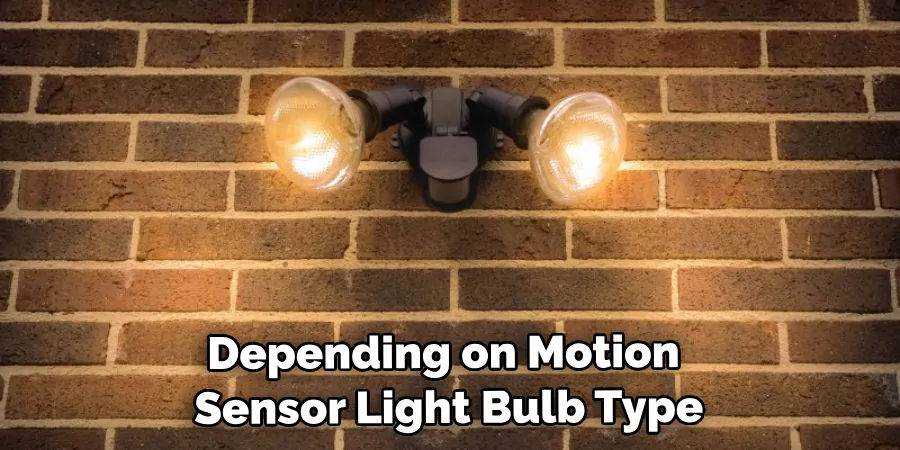
Step 5: Test the Bulb:
The final step entails testing your motion sensor light bulb to ensure it’s functioning correctly. Move within the sensor’s detection range to see if the light turns on. Check the bulb’s installation and power source if the light doesn’t respond. Remember that some models may have a ‘daylight sensor’ that prevents the light from turning on when it’s bright outside.
In this case, you might need to test in a darker environment or adjust the sensitivity settings. This step ensures that your motion sensor light bulb works as intended, providing a convenient, energy-efficient, and secure lighting solution.
Step 6: Adjust Sensitivity and Timer:
Most motion sensor light bulbs come with adjustable sensitivity and timer settings. Sensitivity determines how much motion the sensor needs to detect before it triggers the light, while the timer determines how long the light stays on once motion is detected.
Adjust these settings according to your needs. For instance, if you’re installing the light outdoors, you might want high sensitivity to detect movement from a distance. Alternatively, if the light is for a pantry or closet, you might prefer a short timer so the light turns off quickly after you leave. Adjusting these settings can further enhance the efficiency and effectiveness of your motion sensor bulb.
Step 7: Regular Maintenance and Troubleshooting:
Even after successful installation and testing, it’s crucial to regularly maintain your motion sensor light bulb to ensure its longevity and optimal performance. This includes cleaning the bulb and the sensor area to prevent dust or debris from inhibiting the sensor’s function.
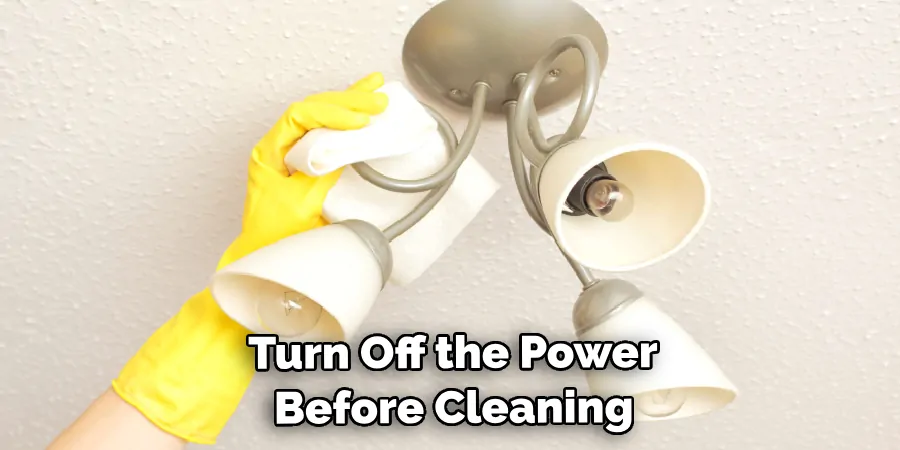
Always make sure to turn off the power before cleaning. If you encounter any issues, such as the light not turning on when motion is detected or the sensor being overly sensitive, refer back to your product manual or contact the manufacturer’s customer service for troubleshooting advice. Remember, a well-maintained motion sensor light bulb is more likely to perform efficiently and last longer.
Step 8: Consider the Location and Environment:
The performance of your motion sensor light bulb can be significantly influenced by its location and the surrounding environment. For instance, if the sensor is placed near heat sources like vents or appliances, it may trigger the light unnecessarily.
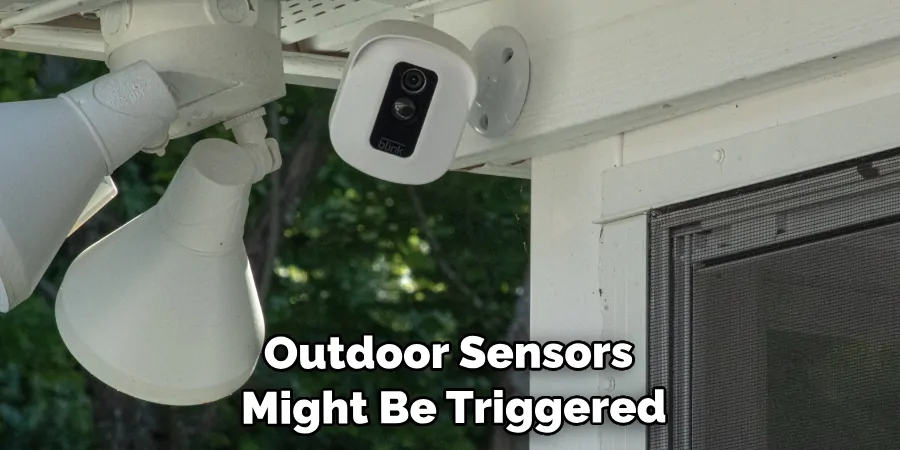
Similarly, outdoor sensors might be triggered by moving trees, passing cars, or small animals if they are too sensitive. Consider these factors when deciding on the installation location and adjust the sensitivity settings as needed. It might require trial and error, but finding the optimal location will ensure that your motion sensor light bulb functions effectively and efficiently.
Step 9: Understand and Respect the Limitations:
Like any technology, motion sensor light bulbs have their limitations, and understanding these will help you make the most out of your installation. For instance, these sensors may not work well through glass doors or thick walls, so placement is crucial. Additionally, they may not detect motion if the moving object is too far or if the movement is too slow.
Recognizing these limitations can save you from potential frustrations and help you make better decisions about placement and usage. Always refer to the manufacturer’s guidelines for specifics related to the model you are using. Understanding these limitations is the final step in effectively using a motion sensor light bulb.
Step 10: Enjoy the Convenience and Security:
With your motion sensor light bulb installed, adjusted, and tested, it’s time to enjoy its benefits to your home or office. These intelligent devices offer the convenience of hands-free lighting, saving you the effort of switching lights on and off. From welcoming you home in the evening to making late-night trips to the kitchen safer, these lights cater to your needs seamlessly.
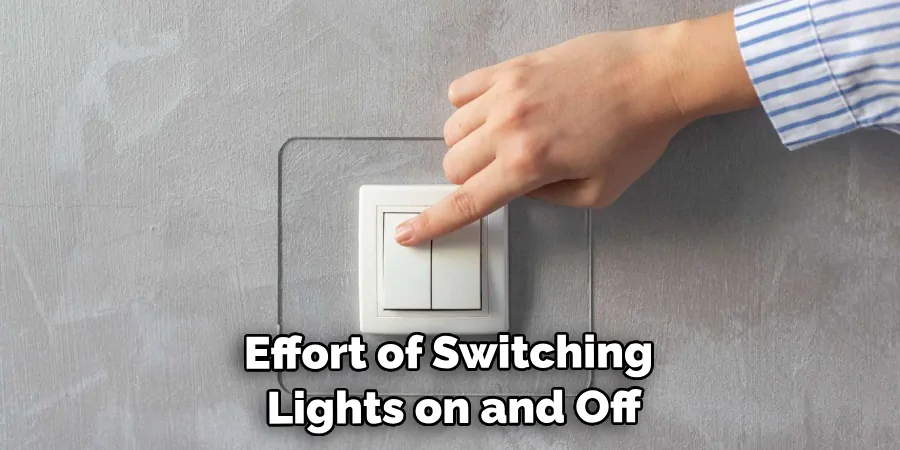
Additionally, they enhance the security of your premises, as unexpected illumination can deter potential intruders. Remember, the most critical aspect is that your motion sensor light bulb works for you, enhancing your everyday life simply yet effectively.
By following these steps and understanding how motion sensor light bulbs work, you can easily install and utilize this innovative lighting solution.
5 Additional Tips and Tricks
- Avoid Interferences: Try to keep your motion sensor light bulb away from objects that frequently move, such as ceiling fans or curtains. This will prevent the sensor from triggering the light unnecessarily.
- Maximize Coverage: To maximize the detection range, install the bulb at a height of 6-10 feet from the ground. Also, angle the sensor towards the area you want to cover.
- Invest in Quality Models: While budget-friendly options might be tempting, investing in high-quality motion sensor bulbs can save you money in the long run. They tend to last longer and perform better.
- Use in Suitable Areas: Motion sensor light bulbs are most effective in areas where the lights are often left on unintentionally, like walk-in closets, garages, or hallways.
- Remember the Weather: If installing the motion sensor light bulb outside, ensure it is weather-proof to withstand rain, snow, and other harsh weather conditions.
With these additional tips and tricks, you can further improve the functionality and reliability of your motion sensor light bulb.
6 Things You Should Avoid
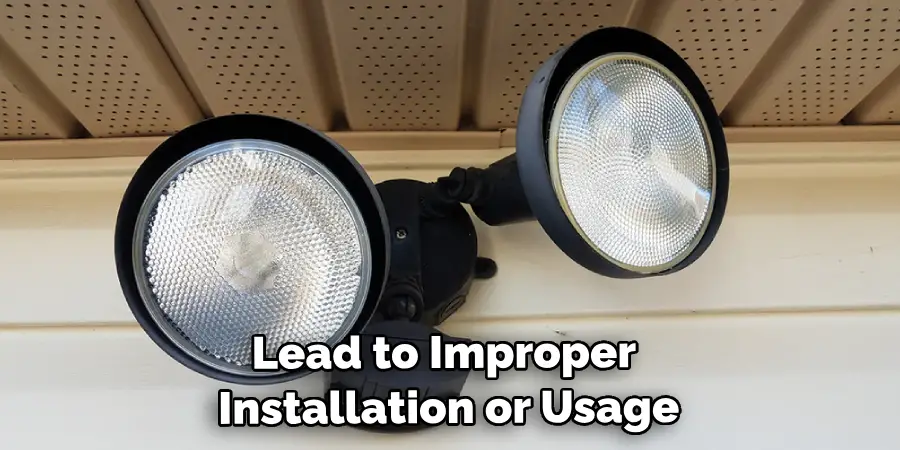
- Ignoring Manufacturer’s Instructions: Each motion sensor bulb brand and model could have unique installation and setting requirements. Overlooking the manufacturer’s instructions can lead to improper installation or usage, subpar performance, or a shorter bulb lifespan.
- Inappropriate Sensor Placement: Avoid placing sensors so they face direct sunlight or frequently moving objects, such as a ceiling fan or a busy street. These may cause false triggers, leading to unnecessary energy wastage and reduced bulb life.
- Overlooking Regular Maintenance: Forgetting to clean the bulb and the sensor area might lead to the accumulation of dust or debris, which can obstruct the sensor’s function. Regular maintenance is crucial for maintaining optimal performance.
- Skipping the Testing Process: Installations are often followed by a testing process to ensure the sensor is working correctly. Skipping this step can result in undetected issues and inefficient operation.
- Disregarding External Factors: If installed outdoors, ignoring factors such as weather conditions and nearby heat sources can lead to false triggers or damage to the bulb. Consider such external elements when installing and setting up your motion sensor light bulb.
- Using Incompatible Bulbs: While some motion sensor light bulbs are compatible with dimmer switches, others may not be. Using an incompatible bulb in such a setup can damage the bulb and cause it to malfunction. Always check for compatibility before installation.
By avoiding these common mistakes, you can ensure your motion sensor light bulb performs optimally and lasts longer, giving you the best value for your money.
Conclusion
In summary, motion sensor light bulbs provide an easy and effective way to add more convenience, safety, security, and energy efficiency to our homes.
They’re available in various styles and types to fit multiple spaces and settings; for example, outdoor models are designed specifically for outdoor living spaces. Installing motion sensor light bulbs can help reduce energy costs while providing added safety and security in dark areas around the home or office. If you’re looking for an easy way to save time and money while adding a layer of convenience to your life, look no further than these fantastic devices!
Hopefully, this guide on how do motion sensor light bulbs work has helped you understand how motion sensor light bulbs work, how to install them, and how to avoid common mistakes. With these tips and tricks in mind, you can now confidently enjoy the benefits of motion sensor light bulbs in your daily life. So light up your home or office with this innovative technology today!

